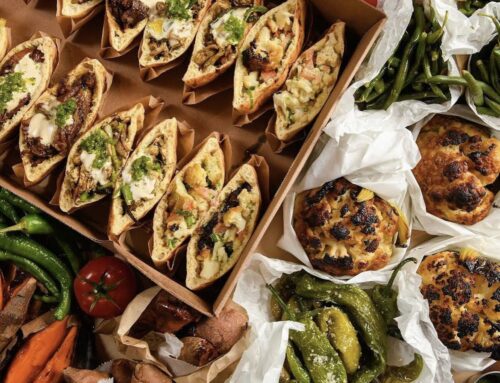Eat, drink and be merry, the old adage encourages us, but what drinks should be involved in the after-dinner merriment? With so many choices of after-dinner liqueurs not only to serve, but to bring to parties, it’s difficult to know what is appropriate.
Althea Brown, owner of a local catering business, says after-dinner drinks should be sweet and should not overpower any dessert.
"After-dinner drinks should not be bitter. I would avoid things like tequila and vodka," she says.
Wine after dinner is always a safe standard to serve or to bring as a gift. Unlike dinner wines, which are ideally tied to the meal being served, dessert wines are all white and go well with most desserts.
The best candidates to be served with wine are rich, decadent desserts. Wine can offer a light, crisp contrast to such desserts as a thick chocolate mousse or silk pie. Dessert wines also are good accompaniments to cheese and fruit desserts.
Since wine should never be filled to the top of a wine glass Ð three to four ounces is about right Ð a single bottle should yield about six to eight glasses. The average guest will only drink one glass with dessert, so depending on the size of a dinner party, one to two bottles should be enough.
Centennial expert Allen Ginn says the most popular dessert wines between $15 and $55 are Johannesburg -Reisling Early Harvest and Muscat Canneli. Since the sweeter the wine, the higher the alcohol content, non-alcoholic wines are not available.
Champagne, another after-dinner classic, is great by itself or used in mixed drinks. Beau Nash bartender David Liberto recommends American versions of champagne, which are called bubblies, to create less-expensive mixed drinks. One of the most popular American sparkling wines, or bubbly, is a $15 bottle of California Chandon.
There is nothing more festive than a bubbly drink enlivened by a fruit puree, a juice or another liquor. Generally, you can use a less expensive bubbly than you would serve on its own, but taste it and make sure you would be willing to drink it yourself. Many of these drinks dilute the champagne or bubbly, reducing both the alcohol content and the cost.
Several drinks such as a Paradis, made of champagne, raspberry puree and a water-and-sugar concoction called Simple Syrup, make a luxurious, easy-to-drink bubbly. Before preparing this drink, make sure the fruit is well-chilled.
Other variations on this drink involve simple fruit substitutions, dependent on what goes best with your dessert: Strawberry Foam, Peach Bellini, and Pear (Tinoretto).
In serving these drinks at a party, its a good idea to use a glass pitcher, but be sure to only add a little at a time, as the champagne or bubbly will go flat.
If a champagne is to be served alone after dinner, a more expensive French champagne is always the way to go because, Brown says, guests can usually detect a cheaper champagne.
Some of the better champagnes include Moet Chandon White Star and Mumm Cordon Rouge, which go for about $30 a bottle. Vueve Cliquot has a little crisper taste and costs about $45. For the most discriminating champagne drinker, the classic Dom Perignon is a good bet.
Other good choices for relatively inexpensive, non-alcoholic champagne are produced by companies such as Sutter Home and Jordan.
Many coffee drinks, which are favorites in the winter holiday season, are great with desserts, or even served alone as desserts.
Coffee can be combined with nearly any liqueur such as Kahlua, Amaretto, Drambuie, Frangelico, Hazelnut and Irish Cream, all of which are thick and creamy. With this simple addition, coffee can be transformed into a sweet, delectable delight.
Brown says to watch serving any of these creamy drinks with chocolate or otherwise rich desserts.
"These coffees should be served with lighter desserts," she says. "It’s too much if you serve it with something heavy."
All of these liqueurs, of course, are not just limited to coffee. They are all great served straight up or on the rocks, all depending on taste.
After dessert, liquors that are a little harsher are preferred. Liberto suggests cognac, single-malt scotch and brandy.
"These drinks are usually preferred by men, but it is certainly not limited to them," he says.
Among the scotches served at Beau Nash, one of the most popular is McCallan, based on the price and the rich taste. The most recommended cognac is Louis XIII.
Never to be underestimated, says Brown, is the power of the port wine. Among the suggested ports, which are always red, are Yaralumba and MacQuarre.
"Port is great after dessert," she says. "It’s very sweet and has the perfect taste to finish off any meal.





